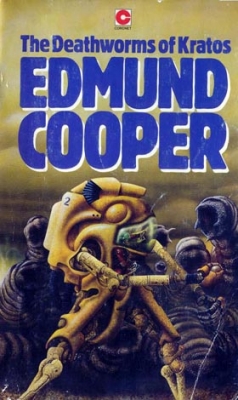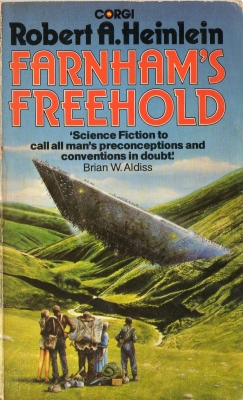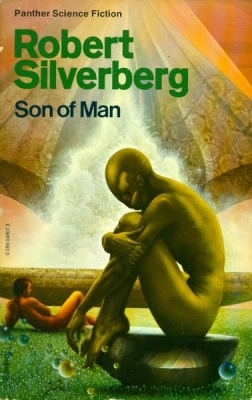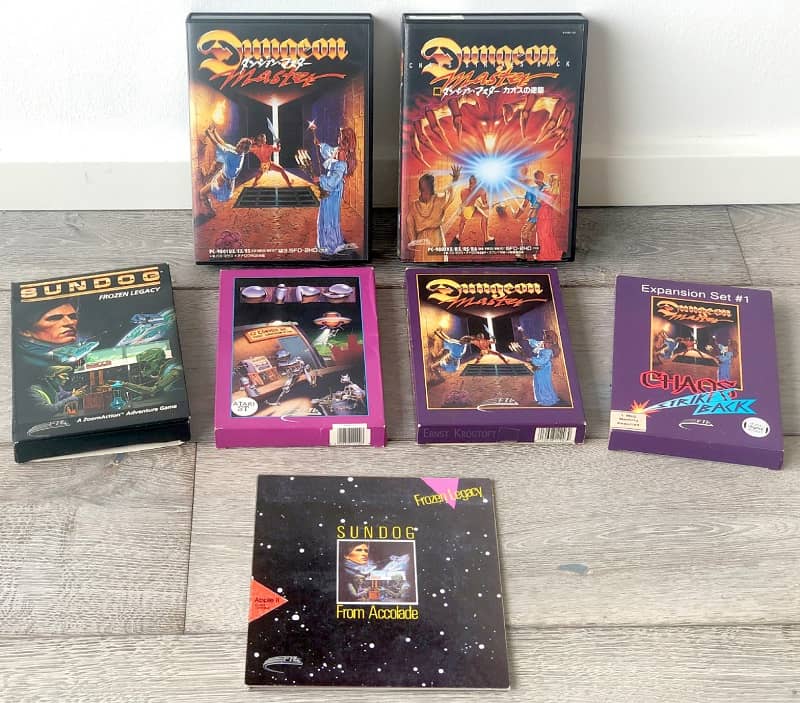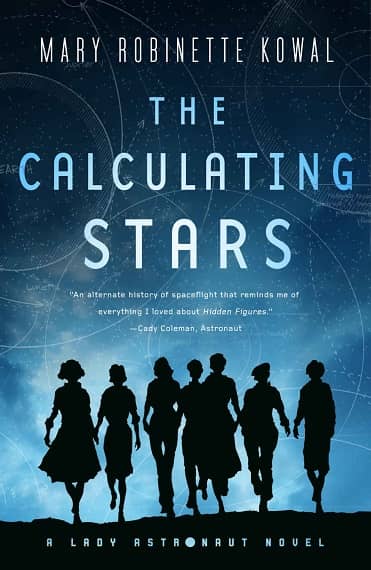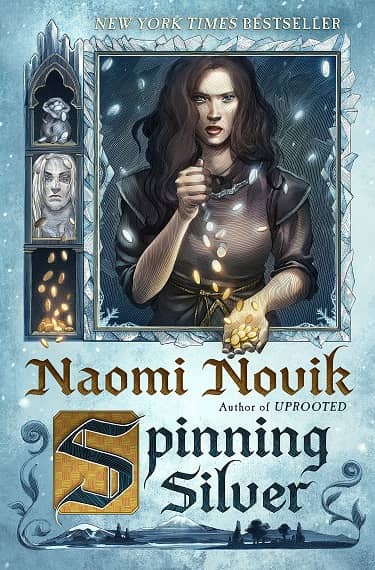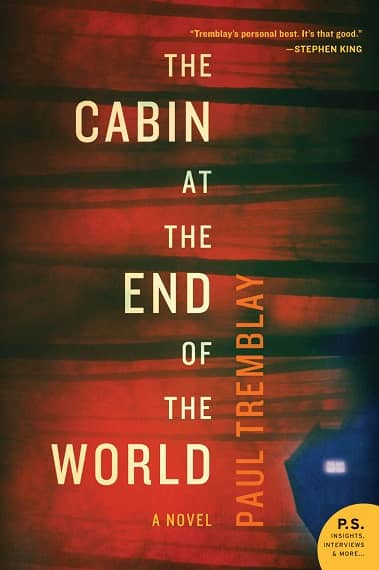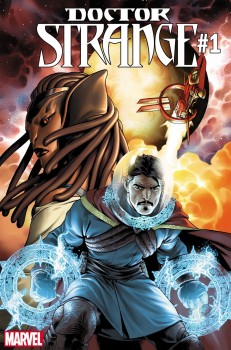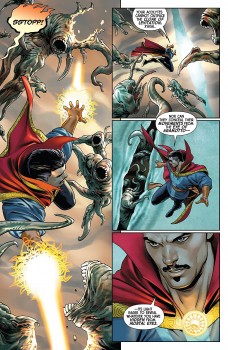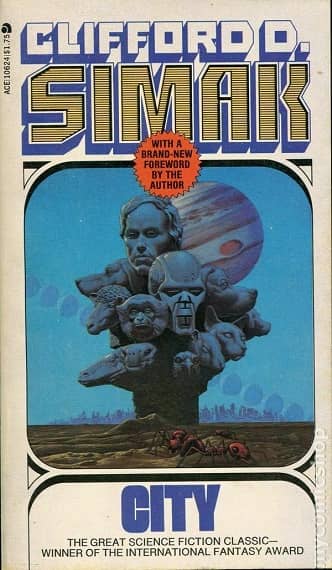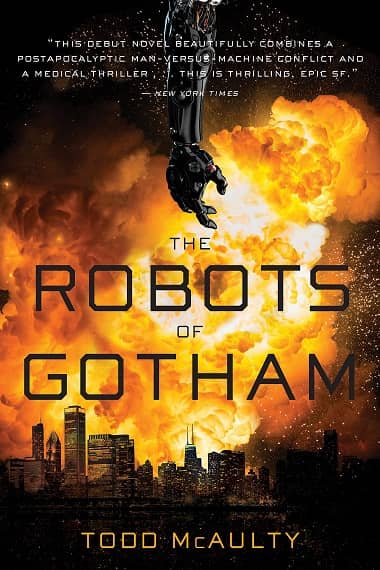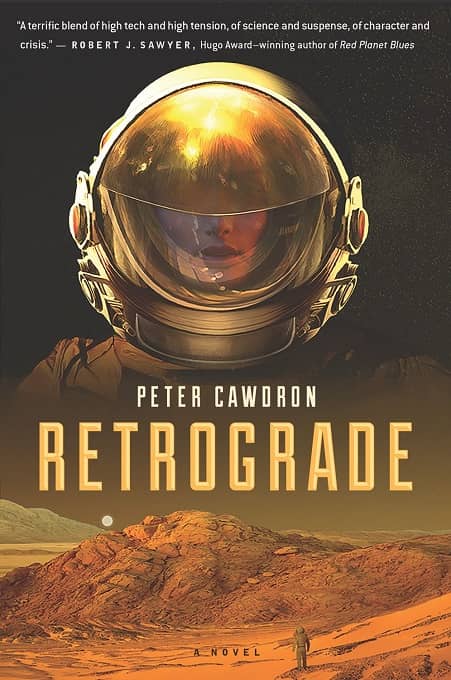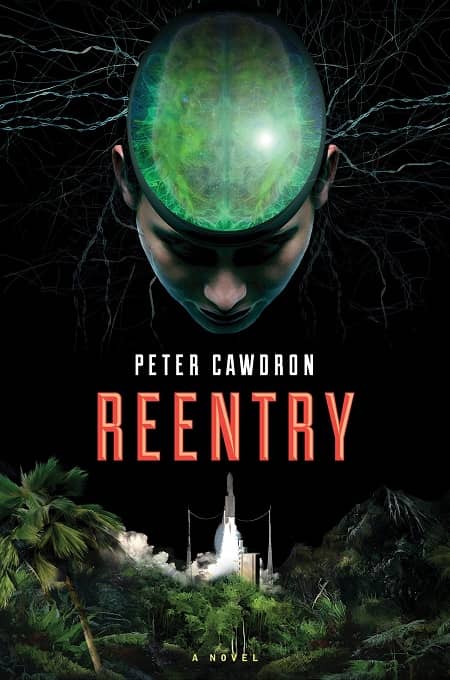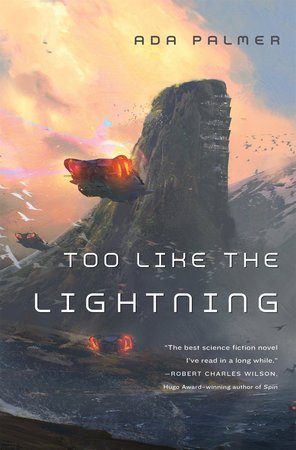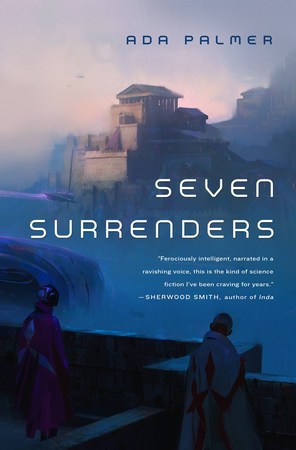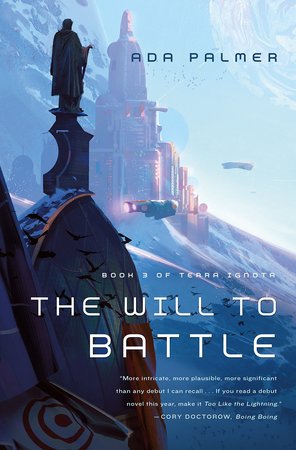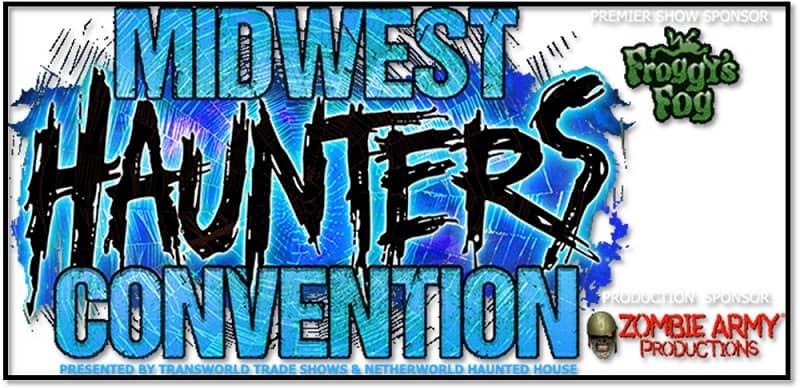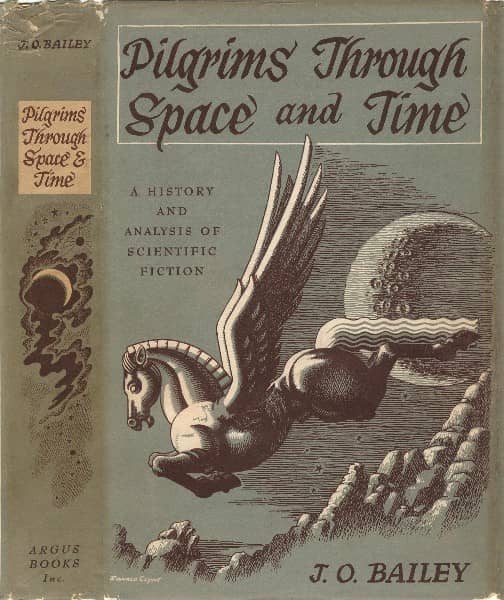Hither Came Conan: Deuce Richardson on “Black Colossus”
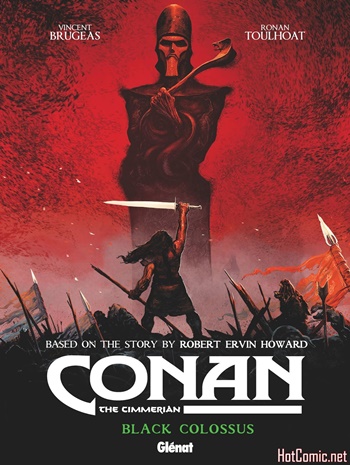 It’s our second-to-last story essay here at Hither Came Conan. Deuce Richardson, who I’ve talked a lot of REH with, looks at “Black Colossus.” And he digs deep on this one. You absolutely should read on!
It’s our second-to-last story essay here at Hither Came Conan. Deuce Richardson, who I’ve talked a lot of REH with, looks at “Black Colossus.” And he digs deep on this one. You absolutely should read on!
Robert E. Howard’s “Black Colossus” is the greatest Conan yarn ever written. Within it, Howard distilled–for the first and best time–nearly all the elements that Conan fans have loved over the course of the last nine decades. Saddle up, REH fans. This is going to be one wild and bloody ride.
The tale begins in the deserts of eastern Shem, a hundred miles northeast of Stygia. There we find Kuthchemes, the ruined and shunned city once ruled by the wizard-king, Thugra Khotan, in the days when the Stygian dominion marched all the way to the rugged uplands of eastern Koth.
Shevatas, master-thief of Zamora–itself the City of Thieves in a nation of thieves–has spent long years preparing to plunder the tomb of Thugra Khotan. Robert E. Howard describes him thus:
“This was Shevatas, a thief among thieves, whose name was spoken with awe in the dives of the Maul and the dim shadowy recesses beneath the temples of Bel, and who lived in songs and myths for a thousand years.”
Shevatas penetrates the ivory-domed sepulchre, achieving his life-long dream…and then dies “as no man has died in three thousand years.”
Here lies the first bit of genius within “Black Colossus.” Namely, REH gives his readers the last chapter of a fine sword-and-sorcery tale as the first chapter of his Conan yarn. The tale of Shevatas is a mini-epic in itself and it makes a perfect blood n’ thunder intro to the main story.
Not only does it serve up great action–mortal combat against that archetypical Howardian antagonist, a giant serpent–but it also introduces eldritch, Lovecraftian horror from the git-go, which is a well-nigh essential ingredient in great sword-and-sorcery tales.
